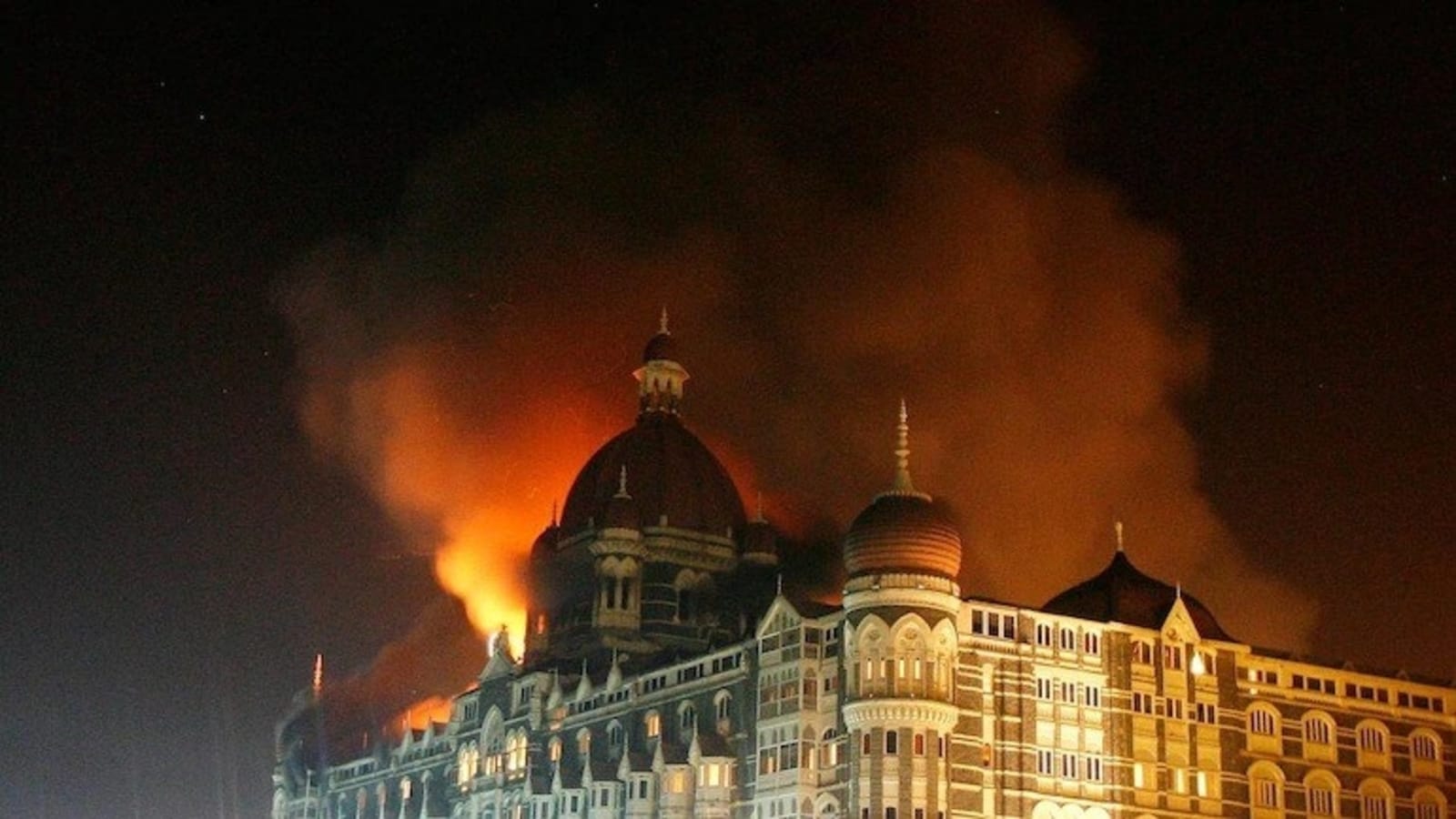Introduction
The obnoxiously shivering evening of 26/11 can never be forgotten. The horrors, panic and chaos collectively experienced by every Indian can never be obliterated, especially from the people of Maharashtra. The unparalleled efforts from brave soldiers, doctors, police-men, firemen and workers at the Taj and Trident, Chhatrapati Shivaji Maharaj Terminus Railway station in order to save lives and neutralize the terrorists at the same time, were sheer display of brute force, fierceness and valiance. As many as 166 people lost their lives during the unpardonable violence which comprised 18 security personnel, rendering many injured with grievous injuries. While nine out of ten terrorists were killed during the encounter and Maharashtra managed to recover from this paralyzing instance, the mere mention of the 13-year-old event still spooks the spines of a billion Indians.
The Timeline
Numerous media-coverages, documentaries and movies have been made for the general public. A total of 10 Lashkar terrorists arrived in Mumbai from Karachi through speedboats in the wake of 26th November. Late evening, what broadcasted as a tiny mutiny during the initial scarps of violence, later was announced as a full-fledged terror attack. Four of the terrorists entered the Taj, two in the Trident and the rest entered the Nariman House. The terrorists were exceedingly armed and fully loaded with ammunitions. Without any hesitation, the terrorists inhumanely and unflinchingly opened fire on innocent men, women and children. Another two terrorists, Ismail Khan and the vicious Ajmal Kasab penetrated in the heart of Mumbai, the Chhatrapati Shivaji Maharaj Terminus and yet again opened fire, killing 58 people and injuring more than 100. Following to the chaos and mayhem at CSMT, the two terrorists absconded and ascended towards the Cama Hospital, ambushing and killing six police officials on the way, including the ATS Chief Hemant Karkare, Vijay Salaskar and Ashok Kamte. The two terrorists then absconded in a police jeep but were later intercepted by the police. While the police began with the legal proceedings after the arrest, army soldiers and marine commandos surrounded the hostage sites after a 3 day long-drawn encounter with the terrorists. and secured the Taj on 29th November.
Ajmal Kasab was the only terrorist who was arrested while the others were gunned down by the police during the encounter. Ajmal Kasab was later tried by the Indian Courts and was rightfully convicted. Ajmal Kasab was hanged on November 21st 2012, five days before the fourth anniversary of the horrendous incident.
How did Lashkar-e-Taiba manage to execute such an elaborate plan?
Carrying out such an elaborate attack of such magnanimous stature with the help of only 10 acting militants or terrorists, appears to be an impossible venture. The Islamic Jihadist Terrorist group, Lashkar-e-Taiba is a whole grown substantial terrorist network, founded and anchored by Hafiz Saeed with the sole intent of acceding Kashmir into Pakistan. The attack of 26/11, which brought a country of a billion population on its knees within 3 days, cannot be conceived to be executed just by one group. Indian delegators and dignitaries believe that the issue of Kashmir is the silver-lining of the attack which invariably coincides with the India-Pakistan border tensions. Hence, the theory coupled with Kasab’s testimony in court, provides grounds for solidifying the fact that Pakistan has indirectly supported and funded the terrorist group to further their robust stance. Pakistan’s intelligence agency ISI is accused by eminent nations namely, the USA, the United Kingdom and the European states to have provided the terror groups, especially Lashkar-e-Taiba, with financial aid and assistance, military training and shelter. Credited with 26/11 abhorrent attacks, Lashkar-e-Taiba is also notably made responsible for 2001 Parliament Attacks and the 2019 Pulwama Attack on Armed Forces.
Present-day Taliban and its traditional ties with Lashkar-e-Taiba
The Taliban resurgence in Afghanistan has shocked the whole world. Ever since the Taliban government gained control of the nation, the entire world is waiting for the axe to fall on either side of the fence. However, as the world sits with delirious restlessness, it is imperative to build a conscious narrative based on the past instances of Taliban. As Lashkar-e-Taiba’s anchoring members belonged to both Pakistan and Afghanistan, it is believed that the two misconstrued Islamic terror groups have shared close ties in the past. Inferences from instances during 1998 U.S. missile attacks in Afghanistan terror camps which lead to the killings of terrorists from Lashkar-e-Taiba and Hizbul Mujahideen further cements the fact that, distinguished terror groups have found themselves, accommodating and acting under one umbrella at one time or the other.
Therefore, the present resurgence of Taliban in Afghanistan coupled with due support from Pakistan and China puts India in a state of a potential tripartite multi-faceted war, much bigger than the one from 26/11. Needless to stay, the potential oncoming attacks are not subjected to invalidate the martyrdom of the past and the sacrifice of police and security personnel during the November attacks, shall be duly remembered.
Written by Hamza Jamal is presently reading law and writes for The Wonk on polity and world affairs.

